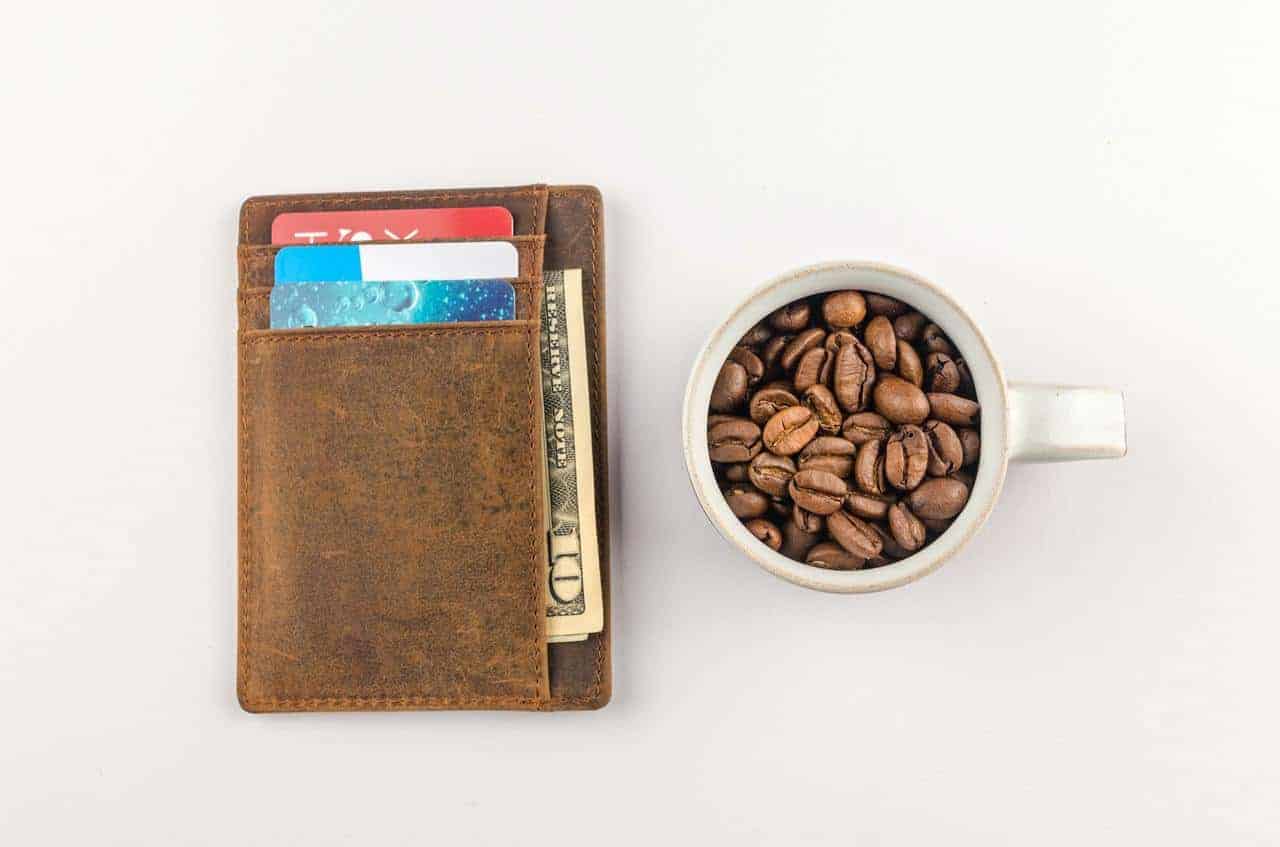Subprime has become a buzzword in the financial world over the last decade. When it comes to subprime credit cards, there’s some good, bad, and ugly that you’ll want to know.
Subprime Credit Cards Explained
People with no credit or bad credit typically have a hard time borrowing money. A credit card is a very useful tool for adults that may need quick access to money for a variety of reasons. Individuals with credit problems still find themselves needing the benefits that come with having a credit card. There is a very large part of the credit card industry that focuses solely on providing credit card options to those that fit in this “no credit or bad credit” situation. The subprime credit card almost always has a higher interest rate than a traditional credit card. They also tend to have lower credit limits and far fewer perks like cash back and reward points. According to Wallet Hub, a number of these subprime credit cards also require you to pay a security deposit in order to qualify.
What’s Good About Subprime Credit Cards?
For people that look at having a credit card as a safety net for emergencies, a subprime credit card really helps to fill that need. If you’ve ever been away from home and afraid of getting stuck with no money, having a credit card could be a life-saving asset. Beyond the emergency fund, obtaining a credit card of any kind (subprime or standard) helps to either build or rebuild your credit.
When you get a subprime credit card, you are nudging the door to the “credit clubhouse” open a bit. These companies are willing to take the risk so that you can prove that you can make payments on time. With many subprime cards, they will extend your credit line over time as you maintain a good history of payment. This all helps to improve your credit score and eventually put you back into a position to be accepted for a more traditional credit card with better interest rates and perhaps some perks. For those that can utilize the subprime credit card for these purposes, it is a wonderful resource.
What’s Bad About Subprime Credit Cards?
Subprime credit cards have a number of features that are not ideal. There are almost always annual fees simply for the privilege of having the card. Make sure you know what these fees are before you apply. Subprime credit cards are also usually “bare bones,” meaning they don’t usually have a rewards program or other perks. If you’re looking for cash back, you will probably be out of luck. The new Apple Card is an exception to this, with a large number of subprime-level applicants getting approved, according to Ben Lovejoy with 9to5Mac.com. The Apple Card is providing cash back incentives with their cards. But this is a rarity with most subprime cards. They almost never include a rewards program as part of their credit practices.
What’s Really Bad About Them?
Kelly Dilworth with Creditcard.com writes that the average interest rate for the “bad credit” category of cards (more tastefully called subprime credit cards) hovers around 25%. This is considerably higher than every other category of card. Of course, if you are only holding a subprime credit card for emergencies, or you are actually paying off the balance every month, it’s not so bad. But this is a big risk if you have to carry a balance on the card. Be aware that this is just an average, with some charging even higher interest rates! Another pretty ugly feature with some of the subprime credit cards is the requirement of a security deposit before you are approved. These are often called secured credit cards, and they will often require you to put up a deposit equal to the amount of credit you will receive. This isn’t always the case, but you should definitely be aware of this.
Overall Impression
With products like the Apple Card, there is proof that lenders are beginning to look at credit differently. On the whole, the industry is still providing subprime customers with much harsher restrictions. It really depends on what you will be doing with your card. If you intend to use it all the time and carry a balance, you may want to rethink your strategy. But for emergencies or for spending that you will definitely be paying off at the end of each month to help rebuild your credit, it could be a good tool to utilize. Keep the following in mind:
- These cards will usually have much higher interest rates.
- There will often be an annual fee.
- Some cards require a security deposit.
- The credit limit will usually be much lower.
- There are limited or no perks with most cards.
Make your decision wisely, and look into new and innovative products like the Apple Card that are willing to work with subprime-level customers. There is definitely a credit card for everyone out there. You just may have to do a little more research to find the one that’s best for you.







